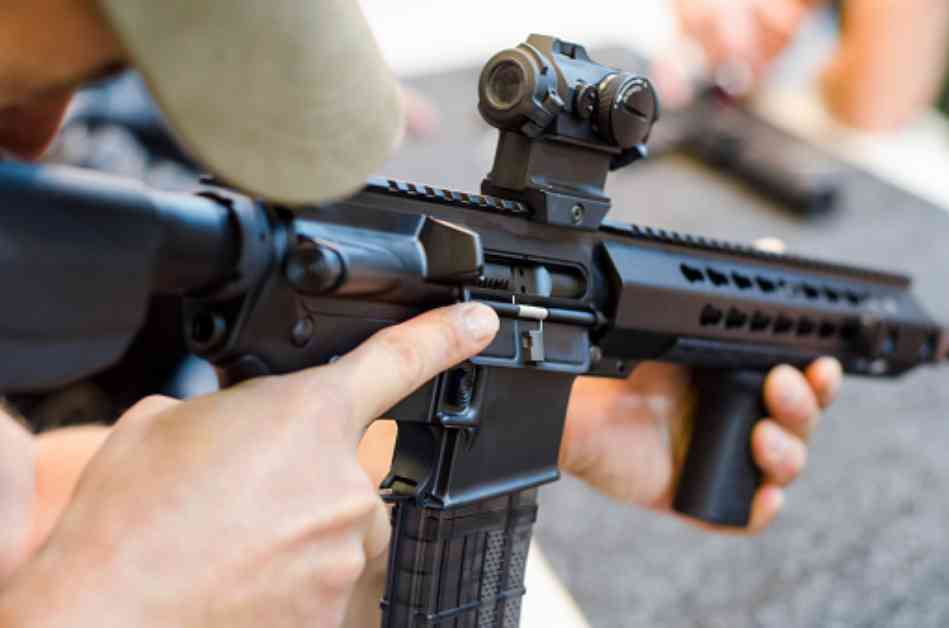This morning, the Supreme Court overturned a Trump administration gun regulation that banned “bump stocks” under the authority to ban “machine guns.” Bump stocks are devices that allow shooters to achieve fully automatic results from a semi-automatic weapon, as seen in the 2017 Las Vegas shooting. In a surprising move, Supreme Court Justice Clarence Thomas defended bump stocks, praising the shooting skill required to use them effectively.
Thomas argued that bump stocks do not meet the definition of machine guns because the external trigger still moves with each shot, even if the shooter only engages the trigger once. He highlighted the balancing act involved in bump firing, where shooters must apply just the right amount of pressure to maintain a rapid succession of shots. This defense of bump stocks and the skill involved in using them was unexpected and raised eyebrows among legal commentators.
The opinion penned by Thomas seemed to glorify the skill of bump firing, which is a disturbing aspect given the context of mass shootings and the tragic events associated with bump stock use. The Court’s decision to focus on the technical aspects of trigger mechanisms rather than the human act of pulling the trigger itself has been criticized as pedantic and out of touch with the intent of the law.
Justice Sotomayor, in her dissent, argued that the textual evidence clearly pointed to a different interpretation that would include bump stocks as machine guns. She pointed out that the Court had previously defined the “function of the trigger” as a single pull, which would encompass bump firing as an automatic process. Her dissent highlighted the disconnect between the Court’s decision and the ordinary understanding of the terms used in the law.
Overall, the Supreme Court’s decision to allow bump stocks under the definition of machine guns has sparked controversy and debate. The praise for the shooting skill involved in bump firing and the technical interpretation of the law have raised questions about the Court’s understanding of congressional intent and the impact on gun regulation in the future. The dissenting opinions provide a different perspective on the issue, emphasizing the need to adhere to the ordinary meaning of the terms used in the law.















